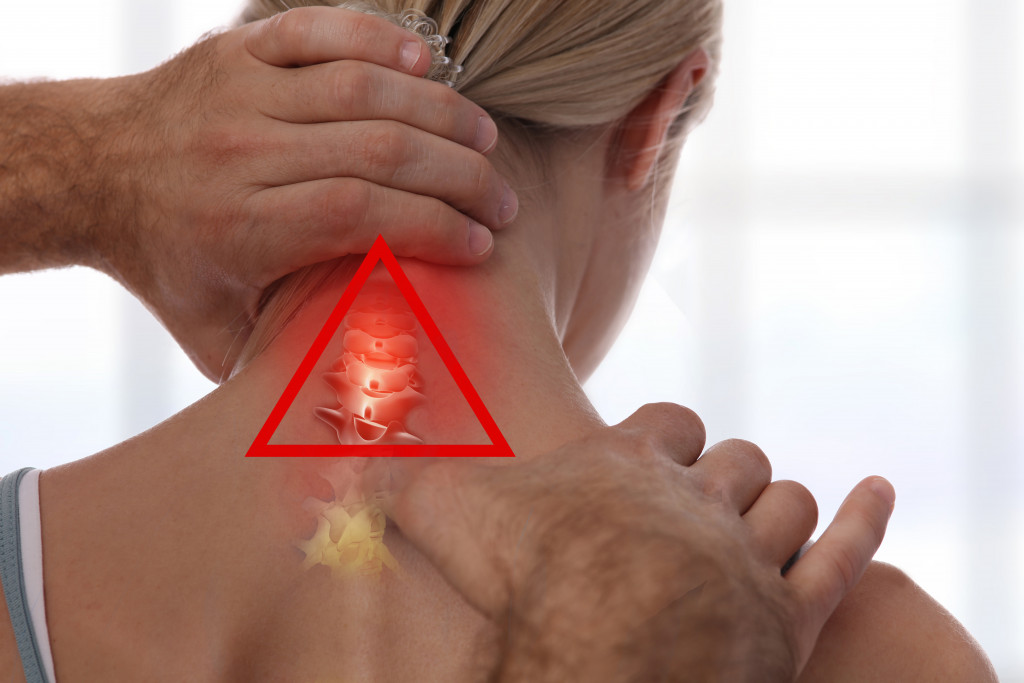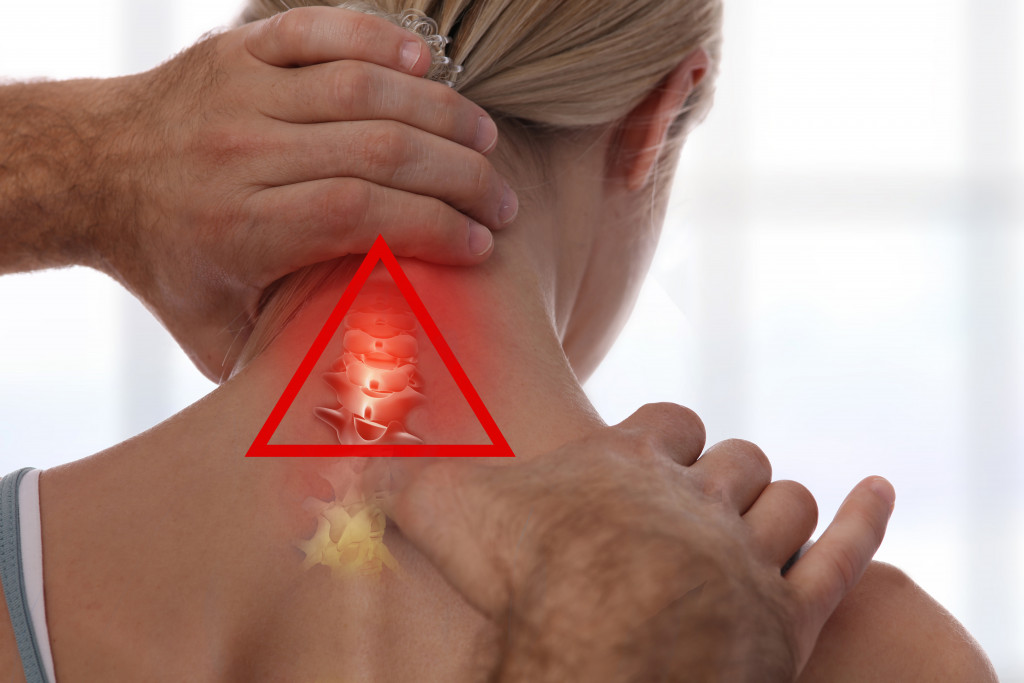- Noninvasive modalities can temporarily relieve pain caused by injury or illness.
- Targeted drug delivery systems allow drugs to be administered more precisely than ever.
- Interventional pain management techniques involve minimally invasive procedures.
- Joint injections reduce inflammation and provide immediate relief from discomfort.
- Medical advances make it easier for physicians to tailor treatment plans according to individual patient needs.
Pain relief is a primary focus of medical research and development. With the advent of new technologies, medical professionals can now find more sophisticated ways to address chronic and acute pain caused by injury or illness. In this blog post, we’ll explore some of the latest advancements in medical pain-relief treatments and how they can benefit those suffering from pain.
Noninvasive Modalities
Noninvasive modalities are a newer form of treatment involving noninvasive methods such as electrical stimulation and laser therapy instead of surgery or medications. These treatments can be used alone or in combination with traditional treatments such as physical therapy and medications. For instance, a red light therapy session can help reduce inflammation and pain associated with muscle strains, arthritis, and tendonitis. Electrical stimulation can relax spastic muscles, reduce muscle tension, and treat chronic nerve pain.
Noninvasive modalities can temporarily relieve acute and/or chronic conditions such as headaches, muscle spasms, neck/shoulder/back/joint pains, tendonitis, fibromyalgia, sciatica, and other painful conditions without requiring surgery or medication. Studies have shown that these noninvasive modalities can provide effective results for many patients with minimal side effects compared to traditional treatments such as surgical intervention or long-term opioid use.
Targeted Drug Delivery Systems
Targeted drug delivery systems take advantage of the body’s natural healing process by delivering medication directly to the affected area. Many TDDS use tiny needles—microneedles—that penetrate the skin and release an exact dose of medication into the tissue beneath it. The tiny needles cause minimal discomfort and can be used in short-term and long-term applications.
In addition to microneedles, other methods are used in TDDS that allow drugs to be administered more precisely than ever before. For example, a type of patch known as transdermal patches delivers medication through the skin via osmosis over some time; this allows users to get consistent relief without having to take multiple doses each day. Some devices use ultrasound technology or electrical stimulation to control when and how much medication is released into the body.
Interventional Pain Management Techniques
Interventional pain management is a form of treatment for chronic pain that involves a variety of procedures and techniques. This treatment uses minimally invasive procedures to alleviate pain, reduce inflammation, and improve function.
Epidural Steroid Injections (ESI)
ESIs are used to relieve the pain in the neck, back, and legs caused by conditions such as herniated discs or sciatica. An anesthetic and/or steroid medication is injected into the epidural space around the spinal cord to reduce inflammation and relieve pain.
Nerve Blocks
Nerve blocks involve injecting an anesthetic near or around a nerve or group of nerves to block the transmission of pain signals from those nerves to the brain. This can temporarily relieve chronic pain while also allowing you to test whether specific medications are effective before committing to long-term therapy.
(RFA)
RFA is used to treat chronic back and neck pain caused by nerve irritation or compression due to injury or arthritis. During this procedure, a needle is inserted into the area causing the problem, followed by radio waves that generate heat that destroys the nerve tissue responsible for sending pain signals to your brain. This results in reduced or eliminated levels of discomfort over time with no risk of addiction associated with long-term opioid use.
Joint Injections
Joint injections are used for treating joint-related conditions such as osteoarthritis and rheumatoid arthritis that cause joint swelling, stiffness, and discomfort when moving the joint in certain directions or positions. A combination of local anesthetics and steroids may be injected directly into affected joints in order to reduce inflammation and provide immediate relief from discomfort at the injection site while reducing overall inflammation throughout your body over time.
Final Thoughts
Medical advances have come a long way in providing effective solutions for those who suffer from chronic or acute pain due to injury or illness. Targeted drug delivery systems enable doctors to target specific areas with powerful analgesic drugs while minimizing side effects; interventional techniques provide an alternative means for treating moderate to severe levels of pain without opioids; and finally, noninvasive modalities offer an alternative means for treating various types of painful conditions without surgery or medication—allowing sufferers access to more natural forms of healing with minimal risk involved.
All these advancements make it easier for physicians to tailor their treatment plans according to individual patient needs so that each person can find an optimal level of comfort through successful treatment plans customized just for them!



